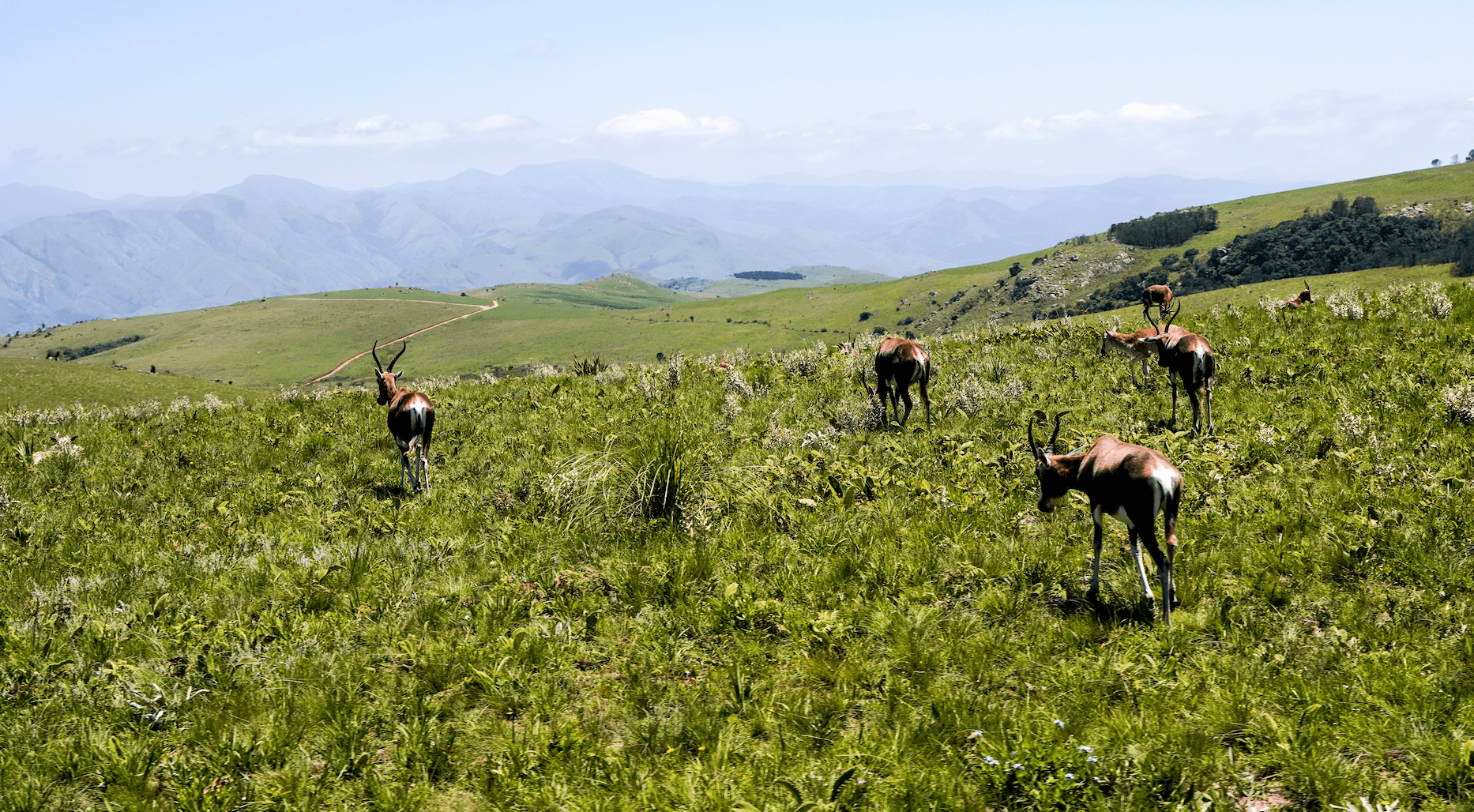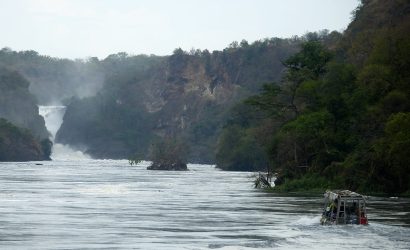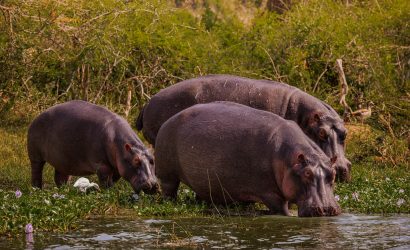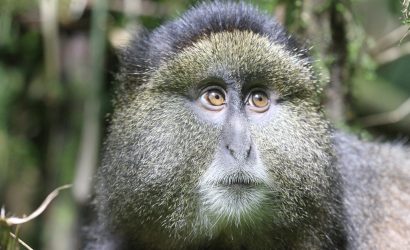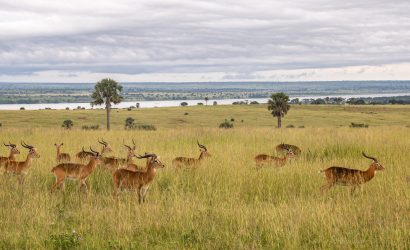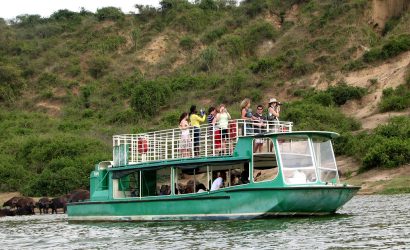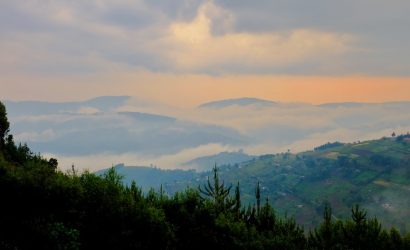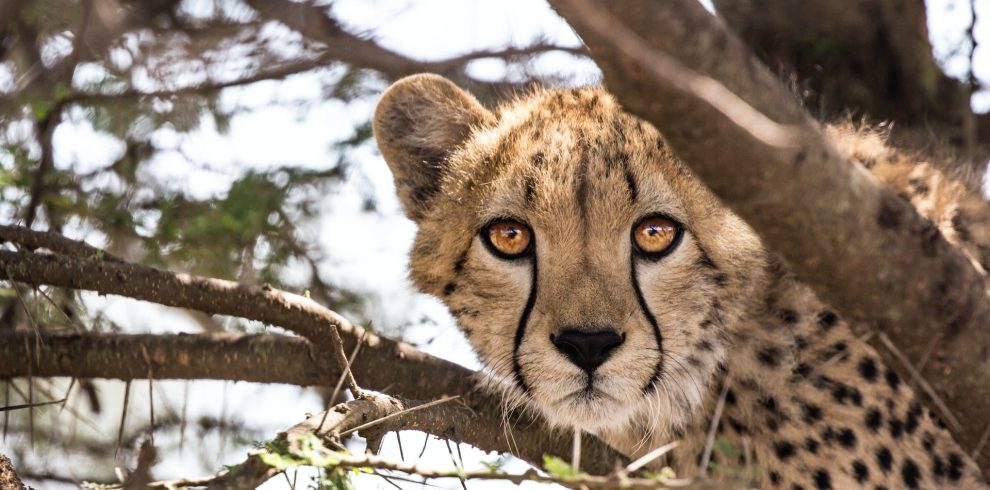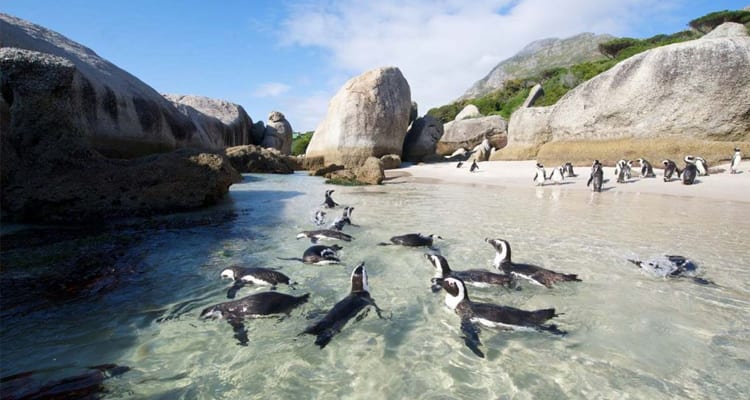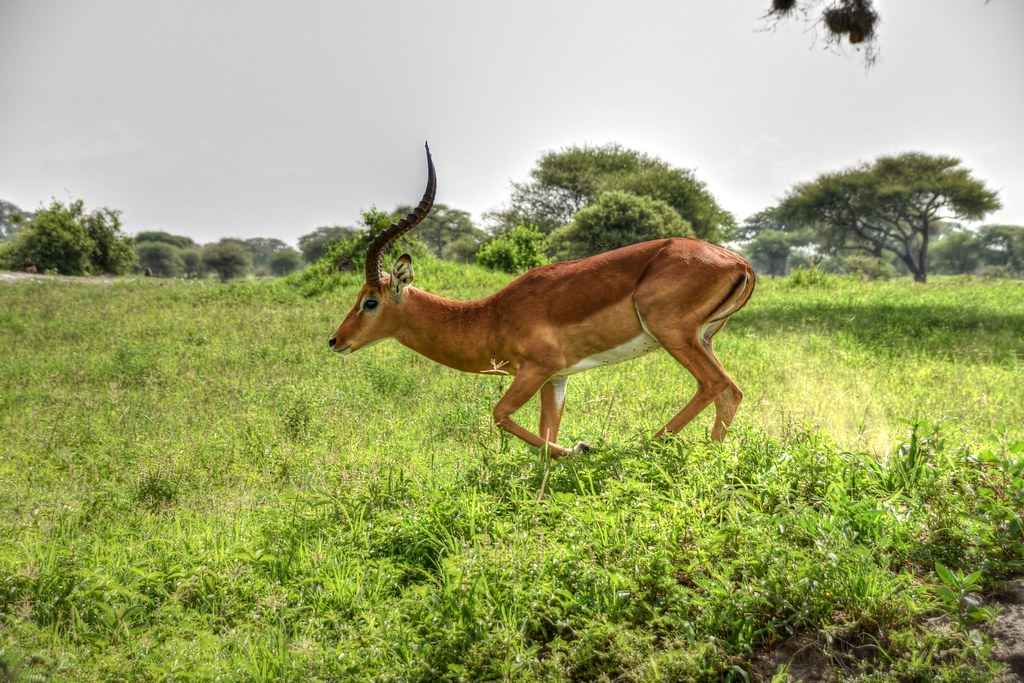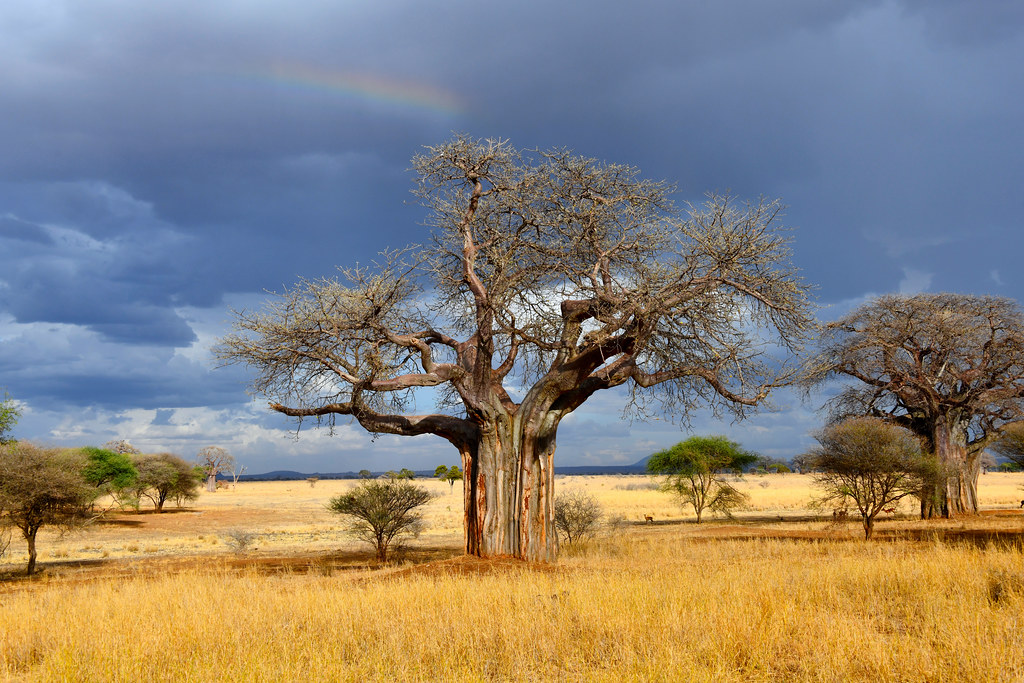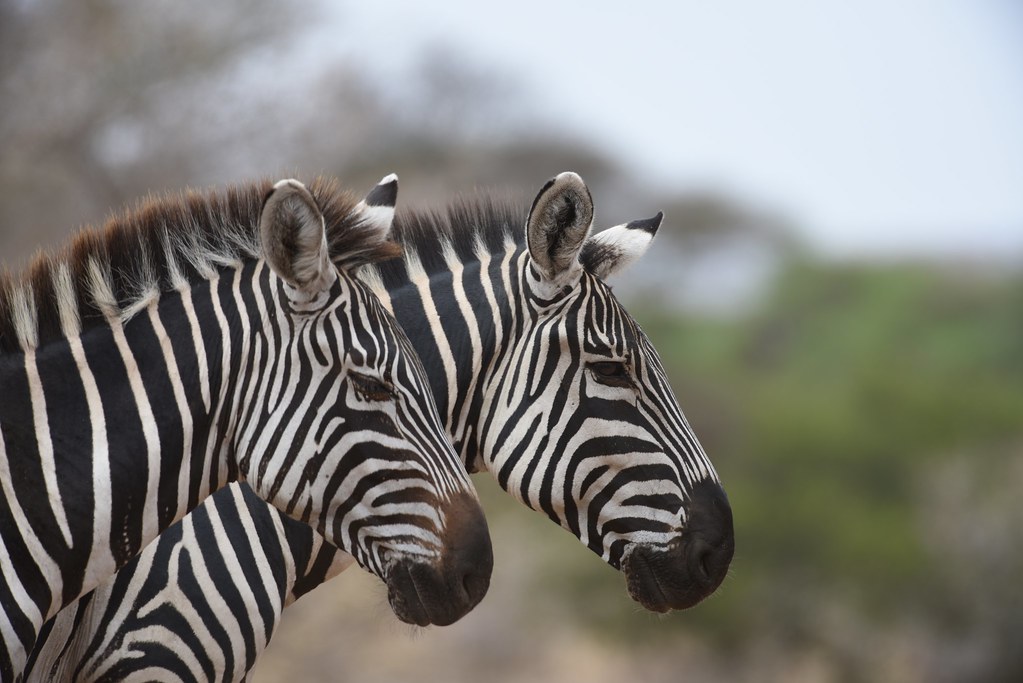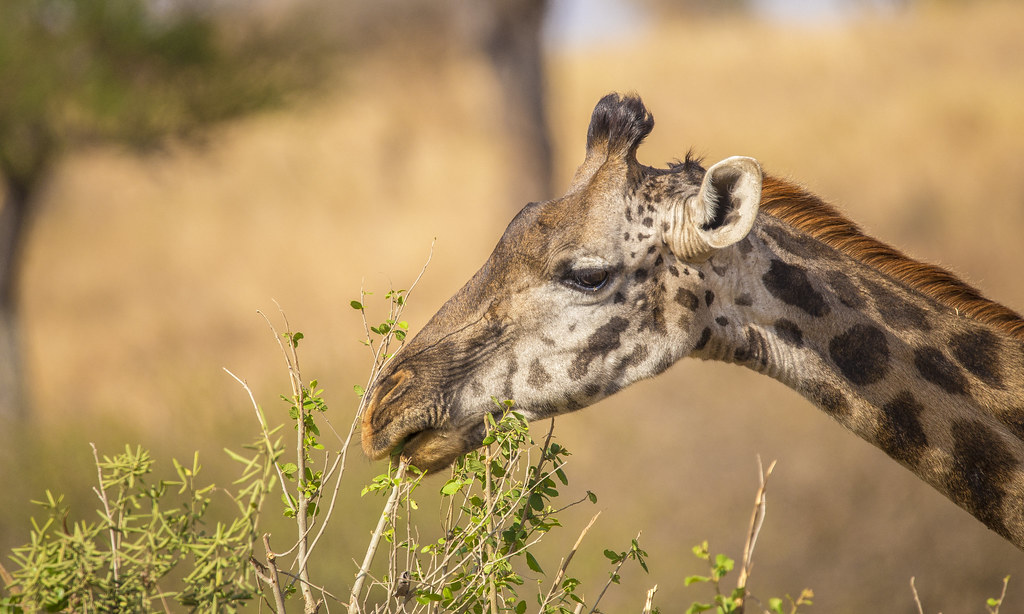Overview
One of Southern Africa’s best highland reserves is Malolotja, an 18,000-ha wilderness with steep rolling hills and deeply forested river gorges that offers a true wilderness experience. The reserve is the source of the Malolotja River, which flows to the Nkomati River after cascading over the 95-meter-high Malolotja Falls. Given that some of the rocks under Malolotja were deposited as ocean silt more than 3.5 billion years ago, they are some of the oldest in the entire globe.
Tour Highlights
- Day 1 Arrive in Pretoria, meet your guide and drive in convoy to Malolotja
- Day 2 Visit the Ngwenya Mine and the Glass Factory
- Day 3 Visit The Gap Where The Nkomati River Disappears Below Ground
- Day 4 Drive to the Bulembu Country Lodge Via The Maguga Dam and The Nsangwini Rock Art Site
- Day 5 Drive to Pretoria via the Josefsdal/Bulembu Border Post
Itinerary
Day 1 :
Arrive in Pretoria, meet your guide and drive in convoy to Malolotja
In Pretoria, your guide meets you. Prior to the tour commencing, the meeting spot and time will be coordinated. You follow your guide into the Malolotja Nature Reserve in your own car in convoy. Through the Waverley/Lundzi Border Post, you can enter Eswatini. Using one of the smaller border checkpoints to enter Eswatini just makes for a more calm and individualized encounter. The convoy travels down narrow gravel roads that meander past a few of Eswatini's rural settlements. You have never experienced a rural Swazi lifestyle before.
The ideal vehicle for the road and trail conditions you will encounter on this excursion is a 4x4 or a vehicle with a high ground clearance. You may be confident that your guide is well-equipped to help you with any 4x4 difficulties you may come across.
Note: For an overview of the advantages of owning a car, see our company profile. A separate quote for the rental of your car will be given.
Accommodation: Malolotja Nature Reserve Log Cabins
Day 2 :
Visit the Ngwenya Mine and the Glass Factory
We visit the Ngwenya Glass Factory, where you can witness the ancient artistic skill of a small group of Swazi craftsmen and women as they bring to life captivating renditions of African animals and birds, giving each one an alluring individuality. From a balcony above, you will be able to observe the enchanted craft of glassblowing firsthand.
The Ngwenya Mine is thought to be the oldest mine in the entire globe. Red ochre was extracted from the haematite ore deposit during the Middle Stone Ages, and iron smelting and iron ore exportation were the subsequent uses for the deposit. The word "crocodile" in siSwati is ngwenya. The name derives from the fact that the mine's surrounding mountains were originally shaped like a crocodile, but this original design was destroyed when extensive mining started in the 1960s. According to radiocarbon dating, the earliest mining activities date back 41,000–43,000 years.
Accommodation: Malolotja Nature Reserve Log Cabins
Day 3 :
Visit The Gap Where The Nkomati River Disappears Below Ground
The Nkomati River passes through this gap and resurfaces a short distance distant. This gives the impression that there is a river gap. Between the gap and the bridge are some incredible potholes that have been made.
Investigate the Nature Reserve of Malolotja. Baboons patrol the ridges, servals and aardwolves stalk the meadows, and a few timid leopards explore the hills and gorges. Keep an eye out for porcupine quills that are dispersed and aardvark burrows. Malolotja offers plenty of goodies to birdwatchers. The endangered blue swallow is the primary attraction. The Gurney's sugarbird, Denham's bustard, ground woodpecker, and southern bald ibis—the last of these to breed on the cliffs above the falls—are among the other highlights. Additionally, localized reptiles like the Swazi thick-tailed rock gecko can be found in Malolotja.
Accommodation: Malolotja Nature Reserve Log Cabins
Day 4 :
Drive to the Bulembu Country Lodge Via The Maguga Dam and The Nsangwini Rock Art Site
The second-largest river in Swaziland, the Nkomati River, sculpts a dramatic valley where the MR1 highway from Mbabane winds steeply down towards the Indian Ocean, north of Malolotja. The river weaves its way east throughout the upper portion of the country.
Along the way is a vista of the stunning stretch of blue water known as the Maguga Dam. With a wall that rises to 115 meters, it is the largest reservoir in Swaziland and the fourth largest in southern Africa. There will be several moments when we can see the dam.
The finest bushman paintings in Swaziland are preserved at the atmospheric Nsangwini Rock Art Site. The hunter-gatherer San people created the drawings, which are located down a steep road beneath a rock overhang. They may be as old as 4,000 years.
About 10,000 people lived in the prosperous asbestos mining town of Bulembu in the past. The mine was shut down because asbestos poses health dangers. Currently, a country lodge and over 1,000 orphans reside there. The Bulembu Mining Museum is where we go.
Accommodation: Bulembu Country Lodge
Day 5 :
Drive to Pretoria via the Josefsdal/Bulembu Border Post
The highlight of the drive is the pass between Barberton and the Josefsdal Border Post. Many people consider the breathtakingly beautiful mountain pass to be among the most breathtaking drives in southern Africa. It's been called "jaw-droppingly beautiful" by some.
We return to Pretoria in convoy.
We bid our new pals farewell as our time together comes to an end and make our way back home. When you're ready to depart, you will proceed on your own to your next destination. It is our hope that you will treasure the priceless moments you have spent with us and that you will have an abundance of lovely pictures to show your family and friends.




